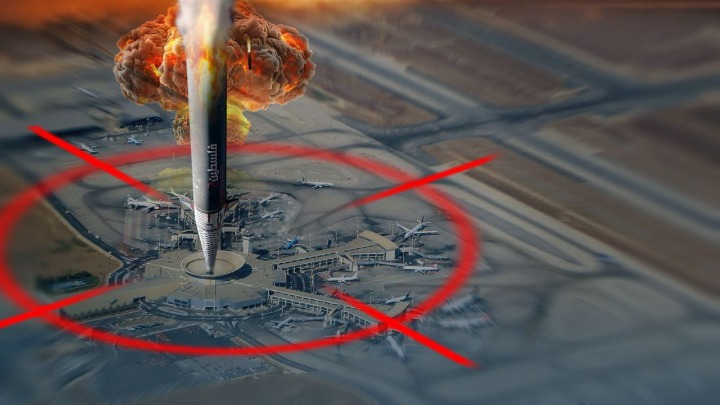Yemeni Operations Squeeze Israel in a Strategic Pincer, Granting Palestinian Resistance a Path to Victory
Broadening the Front and Diluting the Enemy’s Focus:
Yemeni missiles and drones launched from deep within the Arabian Peninsula force Israel to divert part of its air-defense assets away from Gaza to counter threats in the Red and Mediterranean Seas.
This dispersion compels Israeli commanders to split their resources across multiple fronts, reducing their ability to swiftly conclude the Gaza campaign.
Thwarting Displacement Plans and Raising the Cost of Aggression:
Strikes on key ports (Eilat, Haifa) and Ben Gurion Airport escalate the risks and costs of any forced displacement or siege in Gaza.
The awareness of a Yemeni front behind Israeli lines makes any decision to intensify ground or air operations in Gaza more hesitant and cautious.
Economic Pressure and Morale Drain:
Increasing insurance rates and the withdrawal of major logistics companies from Israeli ports partially collapse supply chains.
Reduced revenues and disrupted trade aggravate public discontent within Israel, pressuring the government toward a political solution.
Strengthening Strategic Integration with Palestinian Resistance:
Every Yemeni operation diminishes Israel’s ability to concentrate strikes on Gaza, affording Palestinian fighters greater room for resilience and counterattacks.
Yemeni deterrence boosts Palestinian morale and reassures them they are not isolated in the struggle.
Clear Signals of Open Deterrence:
Sana’a sends a clear message that its support for Palestine is not merely rhetorical but a military reality that sets new engagement rules.
Yemen’s insistence on keeping maritime and air lanes threatened reminds Israel’s backers—particularly the U.S. and U.K.—that any involvement in the aggression could invite severe economic and military repercussions.

